
‘A significant milestone in Central European defence cooperation has been reached as the Regional Special Operations Component Command, led by Hungary, has officially achieved full operational capability. The command brings together the special operations forces of Austria, Croatia, Hungary, Slovakia, and Slovenia…’

‘István Dukai is a Budapest-based graphic and visual artist whose works evoke the traditions of constructivism, minimal art, op art, and the Bauhaus. Behind the discipline of form lies a profound sensitivity and deep respect for materials. His art is guided by a reductionist approach where every line, curve, and colour has its own place and purpose.’
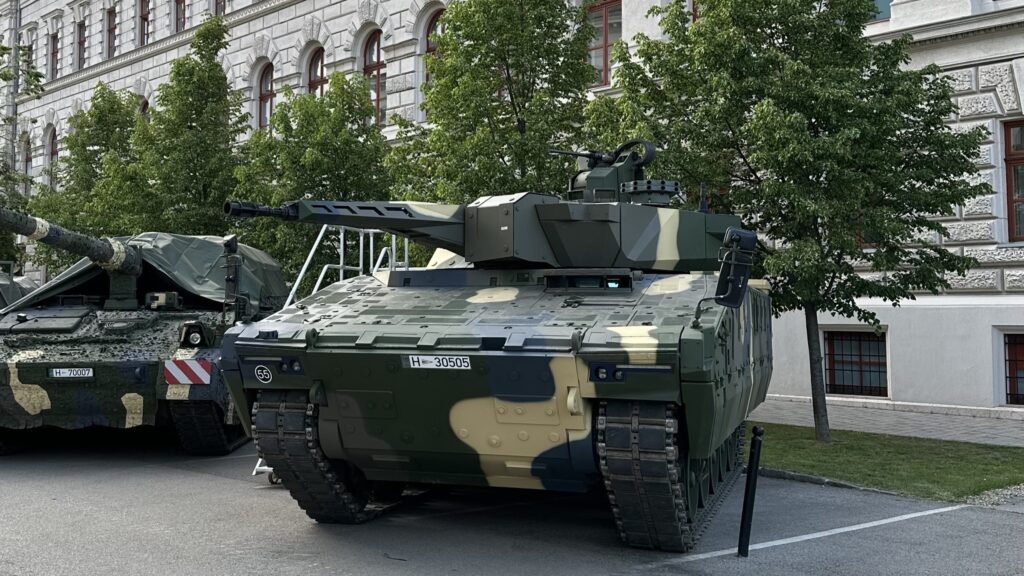
Hungary’s Lynx KF41 prototype has proven its worth, paving the way for Ukrainian production with Rheinmetall’s support. Tested in Ukraine in late 2024, the vehicle impressed local forces, leading to a German–Ukrainian agreement to build a domestic Lynx factory. Modular and versatile, the KF41 strengthens European defence collaboration and sets a new standard for armoured vehicles.
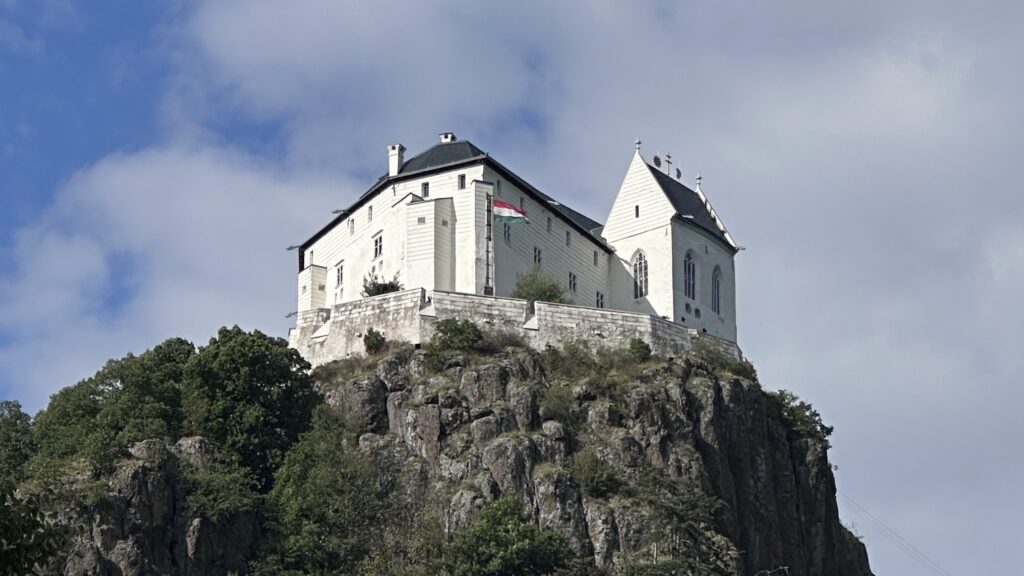
‘Later that same year, on 11 November, Perényi renewed his oath as Guardian of the Crown at Székesfehérvár, pledging loyalty to both the crown and the retainers stationed in the castle. After Ferdinand’s coronation, the crown was kept at Visegrád. However, in 1529, following the castle’s capture, it fell into the hands of Sultan Suleiman the Magnificent.’
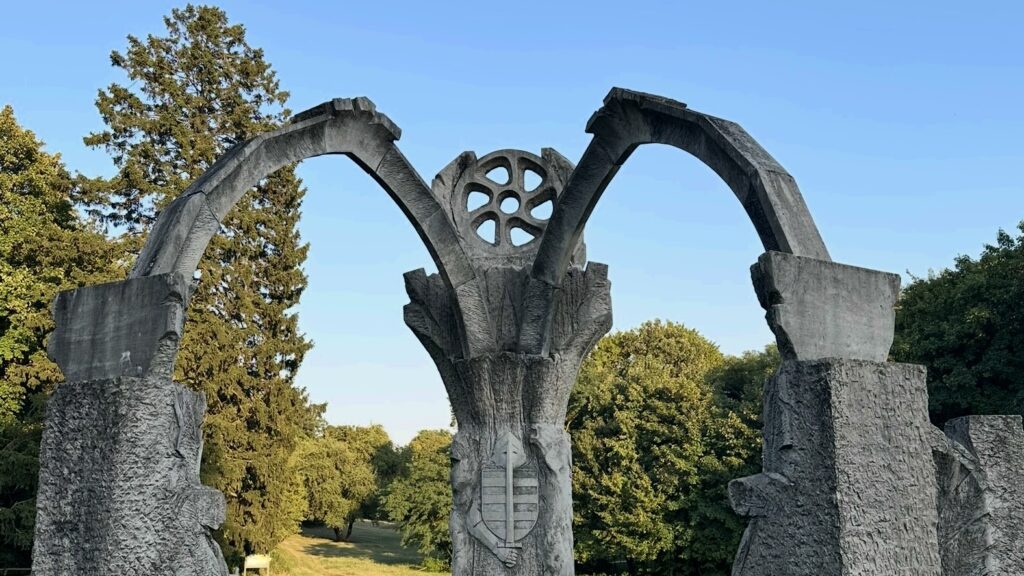
‘Hungarian folklore has particularly preserved the memory of Mihály Dobozi, a minor nobleman of Fejér County. Fleeing with his wife, Ilona, his horse faltered beneath the double burden. His wife implored him to kill her rather than allow her to fall into Ottoman hands. Dobozi, with a heavy heart, fulfilled her plea and then fought to the death himself.’

‘By connecting historical roots, pre-Christian customs and modern cultural practices, the Perbenyik St Stephen Days serve as a living bridge between Hungary’s past and present. Although Upper Hungary is now part of Slovakia, the festival reflects enduring national identity and the cultural unity of Hungarians across borders.’

‘From a regional perspective, Hungary and neighbouring states remain attentive to Ukraine’s enhanced arsenal and the parallel debate over US-supplied armaments. At the same time, Ukraine’s military actions have intensified, with recent strikes on the Druzhba oil pipeline, a vital energy artery supplying Russian oil to Hungary and Slovakia.’
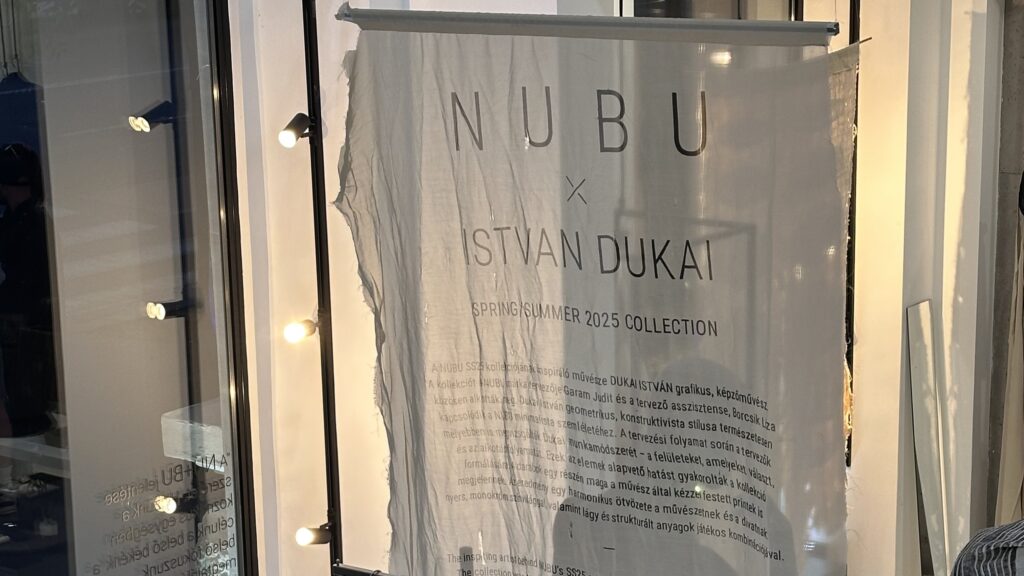
‘Dukai’s work is rooted in modernist movements such as constructivism, op art, minimalism, and the Bauhaus, yet it remains deeply personal. He frequently works with natural hand-woven linen, rusted metal, and reclaimed fabrics, employing traditional graphic techniques such as silkscreen, woodcut, and collography, alongside unconventional processes like plant-based tanning.’

‘In August 2025, the Oroszka Museum of Military History once again organized a commemoration of a major Second World War military operation, during which the battles along the River Garam were brought to life.’
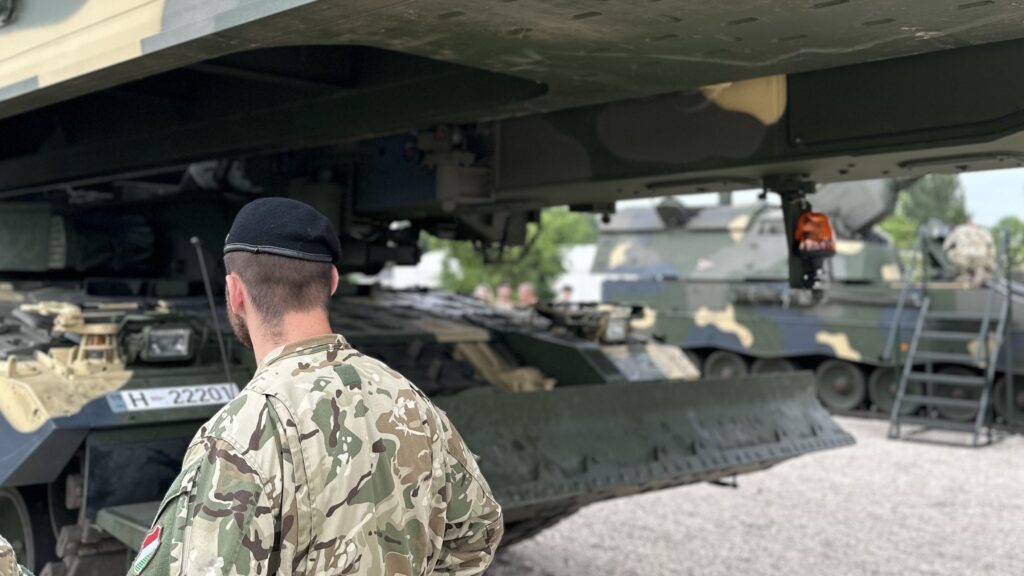
At the inaugural Veteran Infantrymen Meeting in Tata, the Hungarian Defence Forces unveiled the Leopard 2 Leguan bridge-laying tank—a major step in battlefield mobility. This advanced system enhances the military’s ability to support heavy armour operations, marking a key milestone in Hungary’s defence modernization efforts.

‘Bound by shared sacrifice, common values, and the enduring love of homeland, generations of Hungarian infantrymen—past, present, and future—will continue to stand united. In a world of uncertainty, their example reminds us that honour, patriotism, and national sovereignty are not abstract ideals—they are living legacies that must be defended and cherished.’
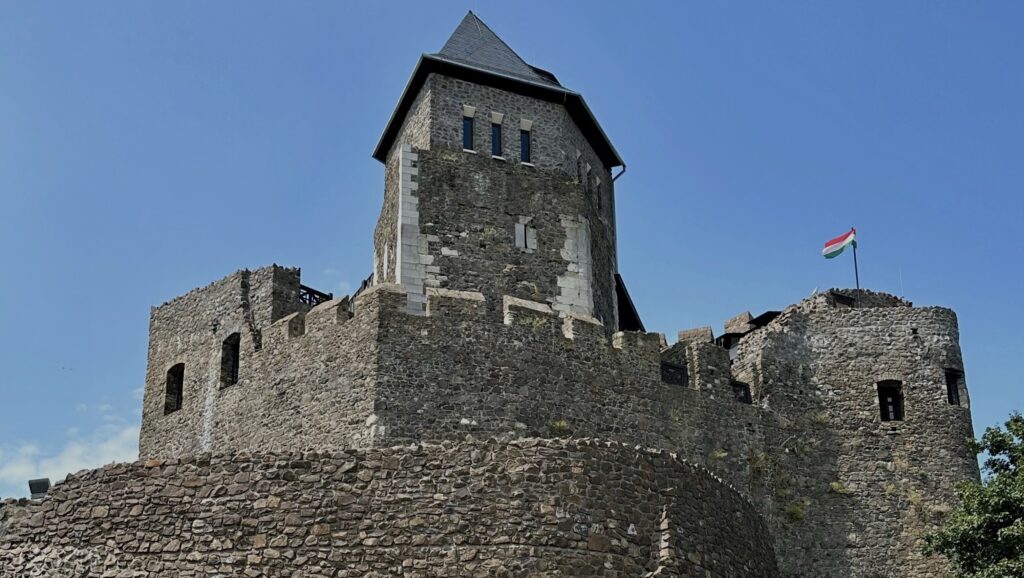
‘Hollókő Castle is a key site within Hungary’s National Castle Programme, a state-led initiative to restore and honour the historic strongholds that once defended our homeland. The planned third phase of the programme will further elevate the castle’s stature as a beacon of national remembrance.’
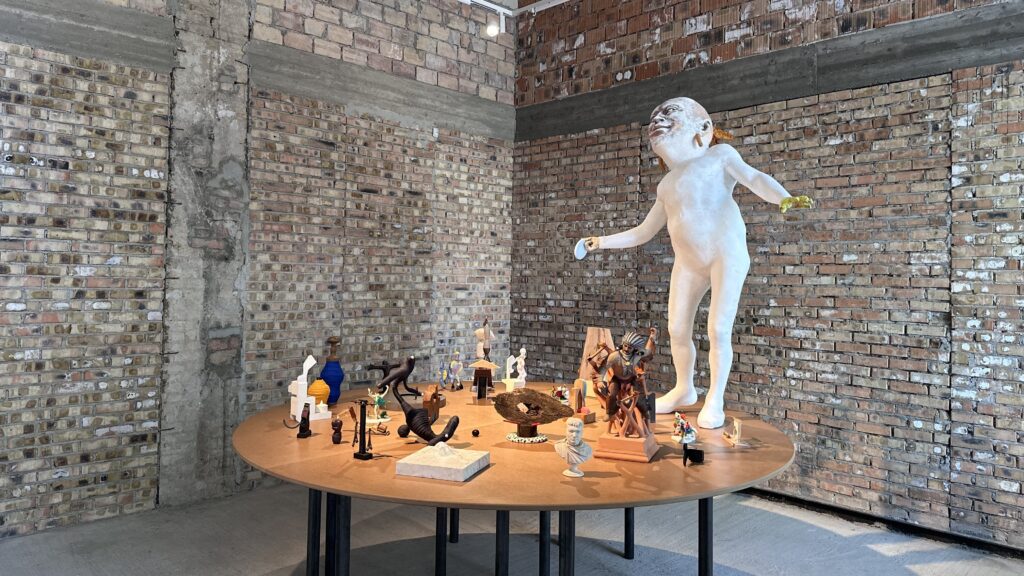
‘“Perpill” is more than a collection of objects. It is an intellectual and visual experiment that connects the ideals of collective creation with a renewed interpretation of sculptural tradition. The BAGUDA group stands as an exemplary model of how individual artistic vision and communal discourse can strengthen, rather than undermine, one another.’
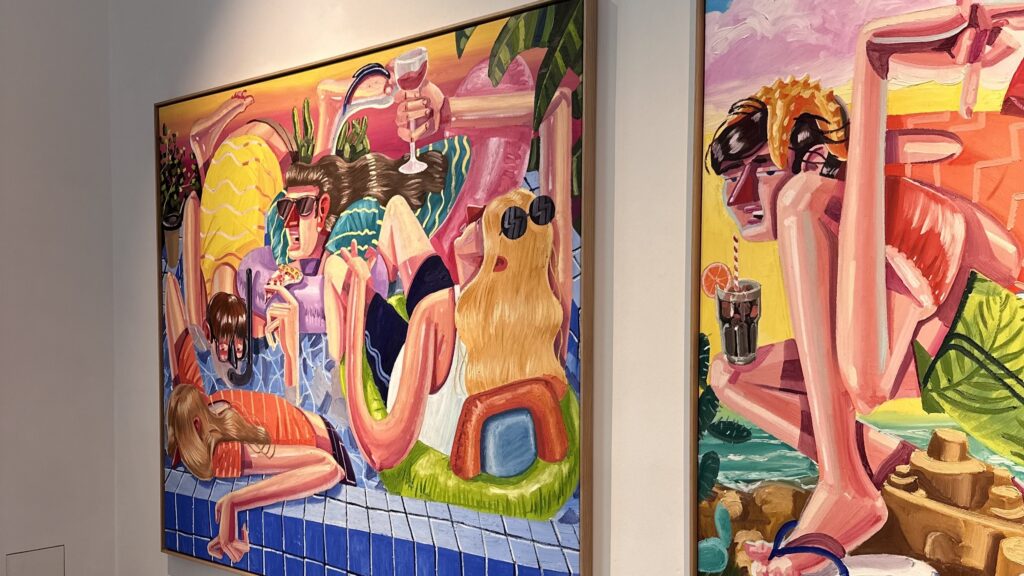
‘In short, “…and the livin’ is easy” offers a quiet but compelling meditation on the imperfect nature of modern life. Like the Gershwin song that inspired it, the exhibition wraps discomfort in beauty and irony in charm.’

‘ART CORNER is an ongoing project by Hotel Clark and Leo Bistro that brings art into everyday life, in a relaxed and welcoming setting. The Last Romantics is a perfect example of this mission: an exhibition that honours the past, embraces the present, and offers classical beauty to every visitor.’
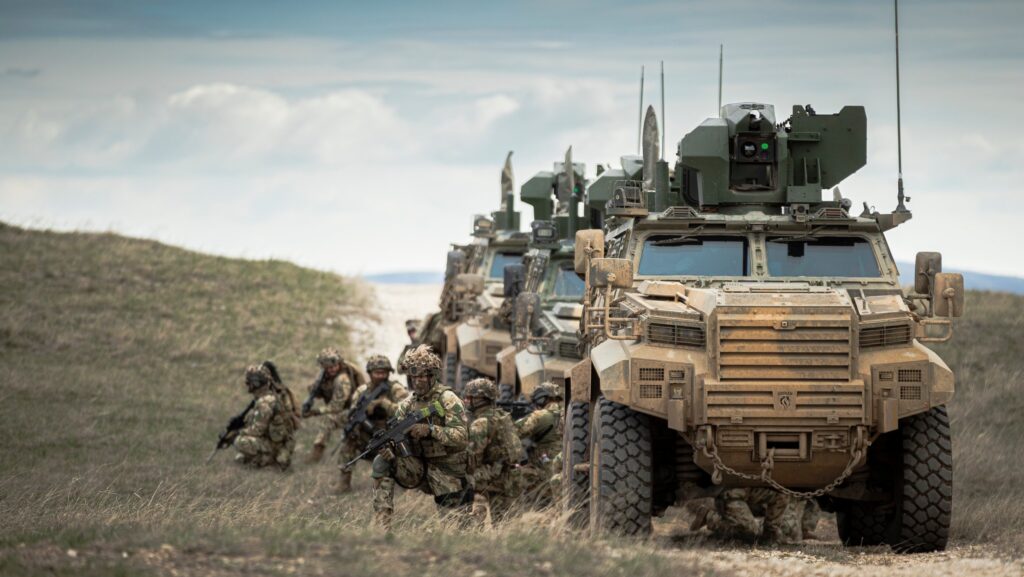
The infantry company of the Hungarian Defence Forces’ György Klapka 1st Armoured Brigade has successfully executed a highly sophisticated offensive operation during an international military exercise, showcasing exceptional professionalism, operational proficiency, and steadfast commitment to defence readiness.

Hungarian artist Endre Kecső brings ancient myths to life at Nagyházi Contemporary with Aphrodisias, on view until 31 May. Inspired by the sacred city devoted to Aphrodite, the exhibition explores themes of love, fertility, and inner transformation through bold, symbolic paintings that bridge the gap between classical spirituality and contemporary art.
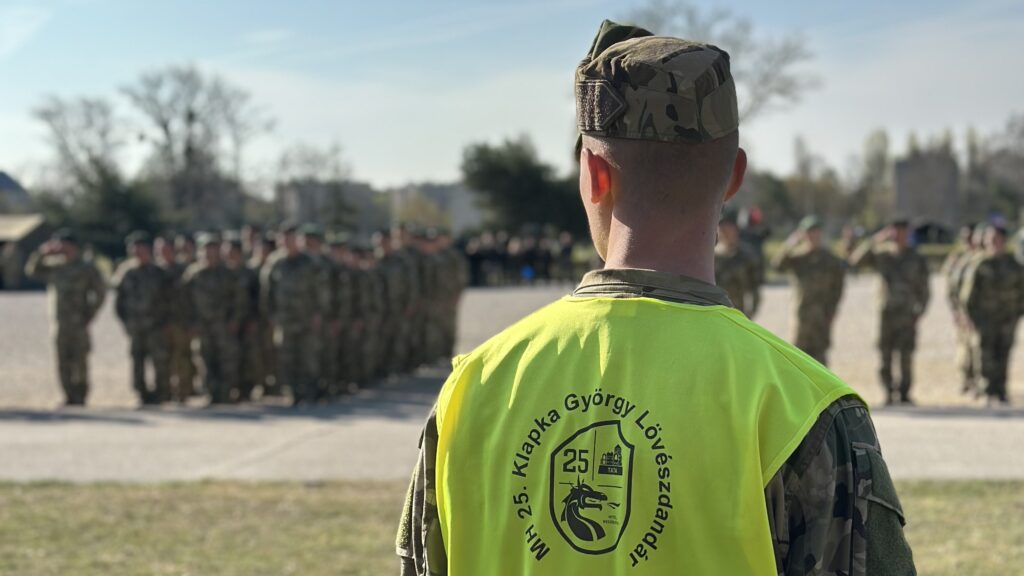
HDF György Klapka 1st Armoured Brigade held its annual open day on 11 April, an event that attracted several thousand visitors. This significant turnout reflected public confidence in the armed forces and underlined their close connection with society.